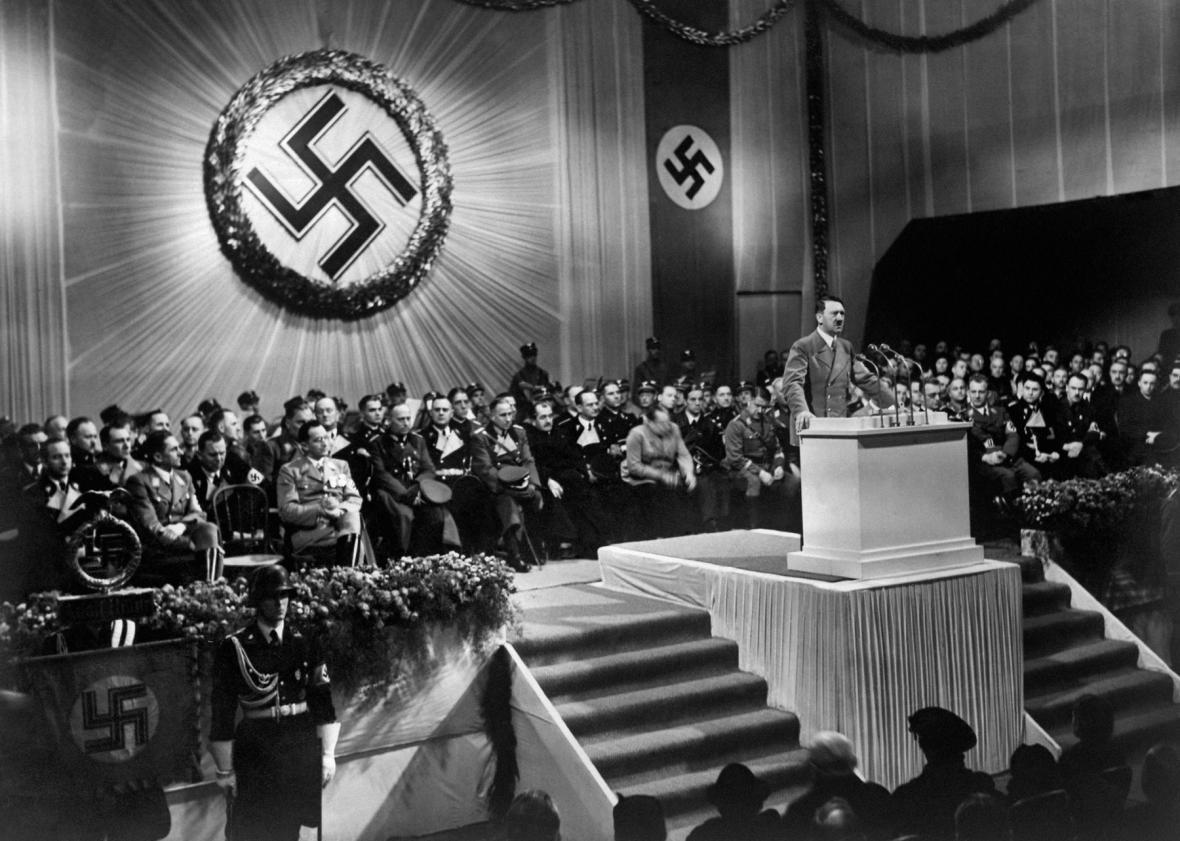May 13, 2024
Source: Originally published by Z. Feel free to share widely.

Photo by author
In recent weeks, there has been talks of a return of trade unions in Germany and this is not just because of May Day – the 1st of May – but also because it has been seventy years that the right to strike was enshrined in Germany’s constitution.
The recent strikes, successful negotiation on pay increases, and a small but nevertheless rise in union membership shows that all is going well for Germany’s trade unions – most of which are organized in the 5.7 million member-strong DGB.
Yet, there could still be more political power for trade unions to fight not just for higher wages and better working conditions, but also against Germany’s far-right, and its party – the AfD.
Historically, it has been the trade union movement that was one of the strongest defenders of democracy and human rights. This highlights the importance of the right to strike and of trade unions to protect democracy.
In the wake of recent discussions about the 4-day-workweek, trade unions are again calling for a reduction of working hours. They have placed the reduction of working time at the center of social struggles for a more humane work time and a better work-life balance.
Meanwhile, the times at which corporate bosses told people that they are too old and we don’t want you anymore are coming to an end as acute labor shortages is biting Germany’s labor market. Today, the 4-day-workweek is popular because it attracts new employees.
The days, when workers were no longer “worth anything”, when people were no longer considered fit to work as they got older, and when illnesses set in are gone – for the time being, at least. Those were the days when Germany’s labor courts were busy.
Today, Germany’s federal labor court has turned 70 years old. During those seven decades, Germany’s labor law remained important for Germany’s “social cohesion” – it stabilized capitalism.
Yet, on the issue of industrial action and strikes, German labor law ensures the existence of trade unions and their function to preserve and promote working and economic conditions. And not much more.
Germans call the system that integrates trade unions into the apparatus of capitalism: “social partnership”. During the COVID-19 pandemic, for example, trade unions and employers agreed on a common policy on, for example, “working from home” (WFH) and on the temporary reduction of working hours. For this, Germany’s system relied on strong organizational ties between trade unions and employers.
These strong bonds between labor and capital were put into force in Germany’s constitution, called “The Basic Law” (1949), after the liberation from Nazism.
Nevertheless, German Nazism was generously financed by German companies. The Nazis delivered what capital had paid for, i.e. the physical elimination of trade unions. During the 1930s, the Nazis destroyed trade unions, torturing and murdering trade unionists.
After that, Germany’s post-Nazi labor relations system became known as the so-called Rhenish Capitalism. But then, something interesting and largely unknown happened.
Unsurprisingly, perhaps some elements of Nazi ideology have sieved into Germany’s post-war labor relations and its labor courts. For example, Germany’s rather paternalistic idea of a so-called “company community” may well carry traces of a Nazi’s ideology of a national and corporate “unit of interest”.
Under this ideology, the previously Betriebsführer [company leader] demanded the subordination of the entire workforce to so-called “company or corporate leader”. This in turn, was based on the Nazi’s Führer-Principle with the corporate Führer as the absolute leader with Züchtigungsrecht [corporal punishment].
The “corporate leader” ideology was originally introduced by the Nazis. The term Betriebsfüher marks the language of the Nazi’s Law on the Order of National Labor (1934). Yet, the idea can probably be traced back to well before Nazism – but with different (non-Nazi) connotations.
All of this did not – magically – disappear at the 8th of May 1945 with the liberation of Germany from Nazism. Instead, not just the ideology of Nazism but its people also carried on in post-Nazi Germany. What carried on – often rather undeterred – were plenty of Nazi apparatchiks.
This also included so-called “professional”(!) judges working in Germany’s labor court. No less than fifteen Nazi party (NSDAP) memberships have been found in Germany’s “new” labor court, after the war.
Today, Germany’s labor court is housed in the former East-German state of Thuringia – home of the neofascist Björn Höcke who is a member of Thuringia’s state parliament. Björn Höcke works hard to re-instate the “unspeakable language of Nazism” and to make Nazi terminology “sayable again”.
Meanwhile, the German term “social partnership” might also carry connotations to the Nazi’s Volksgemeinschaft. It is not surprising to find that – based on the ideological leftovers from Nazism – Germany’s labor court was, seemingly, reluctant to deal with the structural imbalance of power between employees and companies.
This remains a key characteristic of what might be termed “Nazi- capitalism” and today’s neoliberal capitalism.
With Nazis, the SS, and the Betriesfüher removed, the ruling elite of post-Nazi Germany, that still included many ex-Nazis, had to find another way to keep workers and trade unions away from the centers of corporate power.
After 1945, they could no longer simply be beaten, tortured, killed, or put into prison and concentration camps.
To enhance this asymmetry between labor and capital further, post-Nazi employers were – and still are – able to spend significant funds on scientific institutes (read: corporate thinktanks), legal, labor relations, and anti-union consultancy, business-legitimizing and semi-academic journals, so-called “independent” expert, often employed by business schools, as well as the vast network of well-paid opinion writers of the corporate press.
Worse, the trade union’s side can hardly match the economic, propaganda, and funding power of German employers. In other words, the so-called “social partners” were never on an equal footing.
The much acclaimed “level playing field” quickly vanishes into thin air. The “social partnership” idea is merely a useful ideology that supports capitalism.
Until today, the “IG Metall” – Germany’s metal workers union – could never match the implicit or explicit power of “Gesamtmetall” – Germany’s employer federation.
The power of Gesamtmetall comes in addition to the corporate power of large metal industry companies like Siemens, the Thyssenkrupp AG, Rheinmetall, Airbus, Bosch, Mercedes-Benz, Volkswagen, BMW, and so on.
Given the structural disadvantage of trade unions vis-à-vis employers, the right to strike and collective bargaining always needs some sort of state support.
Once backed up by the state, a kind of level playing field is established and trade unions are able to put pressure on company bosses. Regardless of all this, the right to strike has done a reasonably good job. It has stabilized German capitalism since WWII.
Most recently, Germany has experienced the train-drivers’ GDL strikes or the strikes of the airport safety workers. There were also strikes in the health care and childcare sector. In all of this, the right of industrial action serves to develop working and economic conditions.
For some reason, a labor relations system is often presented as having “worked well in the history of Germany”.
Yet, there has been a very long period of wage stagnation, virtually no improvements on working time since 1984, and there have been very few strikes in comparison to other European countries for decades. Evil heretics might ask, are more strikes a sign that the system is working?
Unlike Germany, other EU member states are also familiar with something Germany’s capitalism and its supporting institutions fear like the plague: general strikes.
Cunningly, German labor law see a general strike as a “political strike”, i.e. as not directly related to collective bargaining. Perhaps this is a sign of the prevalence of the authoritarian personality that does exist inside Germany’s working class.
On this, Vladimir Lenin wasn’t too far off the mark when he famously joked that,
if German revolutionaries were to storm a railway station,
they would first queue up for a platform ticket.
By comparison in France, there has been a strike in the recent past for the maintenance of the pension system. Yet, in neighboring Germany, the rules of industrial action are way narrower. The simple but effective “Golden Rule” – those with the “gold” rule – of the elite are:strikes for collective agreements are “possible” (read: we, in our generosity, grant you that, always limited, right),

Photo by author
In recent weeks, there has been talks of a return of trade unions in Germany and this is not just because of May Day – the 1st of May – but also because it has been seventy years that the right to strike was enshrined in Germany’s constitution.
The recent strikes, successful negotiation on pay increases, and a small but nevertheless rise in union membership shows that all is going well for Germany’s trade unions – most of which are organized in the 5.7 million member-strong DGB.
Yet, there could still be more political power for trade unions to fight not just for higher wages and better working conditions, but also against Germany’s far-right, and its party – the AfD.
Historically, it has been the trade union movement that was one of the strongest defenders of democracy and human rights. This highlights the importance of the right to strike and of trade unions to protect democracy.
In the wake of recent discussions about the 4-day-workweek, trade unions are again calling for a reduction of working hours. They have placed the reduction of working time at the center of social struggles for a more humane work time and a better work-life balance.
Meanwhile, the times at which corporate bosses told people that they are too old and we don’t want you anymore are coming to an end as acute labor shortages is biting Germany’s labor market. Today, the 4-day-workweek is popular because it attracts new employees.
The days, when workers were no longer “worth anything”, when people were no longer considered fit to work as they got older, and when illnesses set in are gone – for the time being, at least. Those were the days when Germany’s labor courts were busy.
Today, Germany’s federal labor court has turned 70 years old. During those seven decades, Germany’s labor law remained important for Germany’s “social cohesion” – it stabilized capitalism.
Yet, on the issue of industrial action and strikes, German labor law ensures the existence of trade unions and their function to preserve and promote working and economic conditions. And not much more.
Germans call the system that integrates trade unions into the apparatus of capitalism: “social partnership”. During the COVID-19 pandemic, for example, trade unions and employers agreed on a common policy on, for example, “working from home” (WFH) and on the temporary reduction of working hours. For this, Germany’s system relied on strong organizational ties between trade unions and employers.
These strong bonds between labor and capital were put into force in Germany’s constitution, called “The Basic Law” (1949), after the liberation from Nazism.
Nevertheless, German Nazism was generously financed by German companies. The Nazis delivered what capital had paid for, i.e. the physical elimination of trade unions. During the 1930s, the Nazis destroyed trade unions, torturing and murdering trade unionists.
After that, Germany’s post-Nazi labor relations system became known as the so-called Rhenish Capitalism. But then, something interesting and largely unknown happened.
Unsurprisingly, perhaps some elements of Nazi ideology have sieved into Germany’s post-war labor relations and its labor courts. For example, Germany’s rather paternalistic idea of a so-called “company community” may well carry traces of a Nazi’s ideology of a national and corporate “unit of interest”.
Under this ideology, the previously Betriebsführer [company leader] demanded the subordination of the entire workforce to so-called “company or corporate leader”. This in turn, was based on the Nazi’s Führer-Principle with the corporate Führer as the absolute leader with Züchtigungsrecht [corporal punishment].
The “corporate leader” ideology was originally introduced by the Nazis. The term Betriebsfüher marks the language of the Nazi’s Law on the Order of National Labor (1934). Yet, the idea can probably be traced back to well before Nazism – but with different (non-Nazi) connotations.
All of this did not – magically – disappear at the 8th of May 1945 with the liberation of Germany from Nazism. Instead, not just the ideology of Nazism but its people also carried on in post-Nazi Germany. What carried on – often rather undeterred – were plenty of Nazi apparatchiks.
This also included so-called “professional”(!) judges working in Germany’s labor court. No less than fifteen Nazi party (NSDAP) memberships have been found in Germany’s “new” labor court, after the war.
Today, Germany’s labor court is housed in the former East-German state of Thuringia – home of the neofascist Björn Höcke who is a member of Thuringia’s state parliament. Björn Höcke works hard to re-instate the “unspeakable language of Nazism” and to make Nazi terminology “sayable again”.
Meanwhile, the German term “social partnership” might also carry connotations to the Nazi’s Volksgemeinschaft. It is not surprising to find that – based on the ideological leftovers from Nazism – Germany’s labor court was, seemingly, reluctant to deal with the structural imbalance of power between employees and companies.
This remains a key characteristic of what might be termed “Nazi- capitalism” and today’s neoliberal capitalism.
With Nazis, the SS, and the Betriesfüher removed, the ruling elite of post-Nazi Germany, that still included many ex-Nazis, had to find another way to keep workers and trade unions away from the centers of corporate power.
After 1945, they could no longer simply be beaten, tortured, killed, or put into prison and concentration camps.
To enhance this asymmetry between labor and capital further, post-Nazi employers were – and still are – able to spend significant funds on scientific institutes (read: corporate thinktanks), legal, labor relations, and anti-union consultancy, business-legitimizing and semi-academic journals, so-called “independent” expert, often employed by business schools, as well as the vast network of well-paid opinion writers of the corporate press.
Worse, the trade union’s side can hardly match the economic, propaganda, and funding power of German employers. In other words, the so-called “social partners” were never on an equal footing.
The much acclaimed “level playing field” quickly vanishes into thin air. The “social partnership” idea is merely a useful ideology that supports capitalism.
Until today, the “IG Metall” – Germany’s metal workers union – could never match the implicit or explicit power of “Gesamtmetall” – Germany’s employer federation.
The power of Gesamtmetall comes in addition to the corporate power of large metal industry companies like Siemens, the Thyssenkrupp AG, Rheinmetall, Airbus, Bosch, Mercedes-Benz, Volkswagen, BMW, and so on.
Given the structural disadvantage of trade unions vis-à-vis employers, the right to strike and collective bargaining always needs some sort of state support.
Once backed up by the state, a kind of level playing field is established and trade unions are able to put pressure on company bosses. Regardless of all this, the right to strike has done a reasonably good job. It has stabilized German capitalism since WWII.
Most recently, Germany has experienced the train-drivers’ GDL strikes or the strikes of the airport safety workers. There were also strikes in the health care and childcare sector. In all of this, the right of industrial action serves to develop working and economic conditions.
For some reason, a labor relations system is often presented as having “worked well in the history of Germany”.
Yet, there has been a very long period of wage stagnation, virtually no improvements on working time since 1984, and there have been very few strikes in comparison to other European countries for decades. Evil heretics might ask, are more strikes a sign that the system is working?
Unlike Germany, other EU member states are also familiar with something Germany’s capitalism and its supporting institutions fear like the plague: general strikes.
Cunningly, German labor law see a general strike as a “political strike”, i.e. as not directly related to collective bargaining. Perhaps this is a sign of the prevalence of the authoritarian personality that does exist inside Germany’s working class.
On this, Vladimir Lenin wasn’t too far off the mark when he famously joked that,
if German revolutionaries were to storm a railway station,
they would first queue up for a platform ticket.
By comparison in France, there has been a strike in the recent past for the maintenance of the pension system. Yet, in neighboring Germany, the rules of industrial action are way narrower. The simple but effective “Golden Rule” – those with the “gold” rule – of the elite are:strikes for collective agreements are “possible” (read: we, in our generosity, grant you that, always limited, right),
strikes against political conditions are not.
Yet, one might be tempted to speculate that a general strike on the eve of the 31st January 1933 might have meant, Auschwitz would never have happened.
Quite apart from such historical speculations, one might also ask, have the Germans learned from their own history? Does the prevention of a political strike – potentially – aids fascism?
Of course, there have been very legitimate criticisms of the artificially invented separation between political and collective bargaining strikes. A political strike should be allowed, particularly when aimed at a legitimate political goal like:preventing the Nazis from taking over (1933);
the Reichsbürger (neo-Nazis) trying to take over in 2023, and,
against the neofascist AfD from installing an ethnically cleansed Germany (2024).
During post-Nazi Germany, this debate dates back to the disagreement between pro-democracy, resistance fighter, and lawyer Wolfgang Abendroth and Nazi-lawyer and author of a pro-Hitler pamphlet called “Total State” – Ernst Forsthoff.
The debate between Abendroth and one of the most influential men on German labor law – Nazi Forsthoff (Nazi party membership number: 5.285.360, joining Hitler’s party on 1st of May 1937) – dates back to the 1950s. Mind-bogglingly, top-Nazi Forsthoff argued that a political strike would be a violation of the principle of democracy.
A few years earlier, Forsthoff worked so hard to destroy democracy and to put democrats into concentration camps. There is no democracy in Forsthoff’s Total State. In post-Nazi Germany, nobody seemed to mind.
With a Nazi heritage as well as post-Nazi heritage (1950s) like that, Germany’s labor court reached two decisions decades later but shaped by Nazi-ideology – 2002 and 2007 – on banning political strikes. Despite all this, the legal decision on political strikes did not result in a meaningful outcome. The court stonewalled.
Worse, the “conservative spirit” (read: neofascist) lives on through the formation of Germanic legalities about the right to strike in the aftermath of Nazism. In other words, Germany’s right to strike was “decisively” shaped during the 1950s.
The artificial and rather senseless separation between political and collective bargaining strikes – which is still valid today – can be traced back to a so-called “conservative” understanding of labor law (read: a post-Nazi understanding).
Worse, Germany’s non-right to have a political strike is simply “a judge’s decision”. It was carried forward by labor court judges living and breathing the traditions of Nazism. The “tradition” of Nazi ideology shaping labor law was also aided by the removal of anti-Nazi legal scholars.
As Germany’s democratic tradition was destroyed by Hitler, Carl Schmitt, Ernst Forsthoff, etc. and the SS, many democratic labor lawyers – including Hugo Sinzheimer, Franz L. Neumann, and Ernst Fraenkel as well as the labor judge Otto Kahn-Freund were persecuted by the Nazis. They were arrested, murdered or forced into exile, from which they rarely returned to Germany.
By contrast, the post-Nazi judges at Germany’s labor court – appointed “after” 1945 – had “no” or “no serious” experience of persecution after the victory over Nazism. Rather, the opposite was the case. By the mid-1960s, a whopping 80% of all government posts had been filled by lawyers who had worked for and with the Nazi.
As for Germany’s labor court, 14 of the first 25 judges at the court, had worked as Nazi lawyers. In the early years of post-Nazi Germany, they were classified as having so-called “Nazi-related” charges (read: a mild slap on the wrist).
Many had been members of Hitler’s Nazi party, were active in the SA, and worse in the SS. Plenty had passed death sentences and published anti-Semitic texts.
For example, Germany’s post-war president of the labor court and Führer-Principle supporter – Hans Carl Nipperdey, continued a long career in labor law being simply classified “an insignificant burden”. He, too, was furnished with a sanitizing “Persilschein” – a government document that whitewashed ex-Nazis.
Yet, top-Nazi Nipperday was a member of Hitler’s Academy of German Law actively participating in the Nazification of Germany’s labor law.
After Nipperday’s Gleichschaltung during the 1930s, German labor law reflected Nazi ideology. Interestingly, all the other judges of Germany’s post-Nazi labor court had started as Nazi lawyers during the Nazi era.
During the period of Nazi rule, the Nazis operated in a system in which there were simply no trade unions (a clear sign of fascism), let alone a right to strike.
Nevertheless, Nipperdey continued to interpret the right to strike “after” the end of his beloved Nazis. Henceforth, German labor law resumed to reflect the ideology of the Nazis.
Later, the officially called “ex”-Nazi Nipperdey was pursuing the “elimination of the class struggle” – an overarching goal of fascism. Like Forsthoff, he too remained in line with Nazi ideology.
Whether capitalism run by the Nazis or capitalism run during post-war liberal-democracy, German labor law continued with a so-called unity of leaders and followers in a company.
This so-called “company community” was no more than a remodeled and adjusted version of Hitler’s Volksgemeinschaft (society) and Betriebsgemeinschaft (company).
With or without the Führer, capitalism continued undisturbed by trade unions. Ex-Nazi judges and ex-Nazi labor lawyers made sure of that. But there was a problem: without Nipperday’s beloved Führer, Nazi thugs, and the SS, capitalism and its supporting institutions(i.e. labor courts) needed to be modernized during the 1950s.
Since strikes could not be made totally illegal, as they could under the Nazis, ex-Nazi Nipperdey deemed strikes as “an undesirable event”. At the same time, ex-Nazi Nipperdey did not even want to mention the word “strike”.
Yet, strikes are the only means for workers to effectively implement their goals and counteract the structural imbalance between them and an employer.
During a newspaper strike in 1952, it was the leading Nazi-labor-law proponent Nipperdey who dictated the basic features of Germany’s right to strike.
For the ex-Nazi, a strike – which is highly undesirable for Nazi-capitalism as for post-Nazi capitalism – can only be justified if it relates to collective bargaining. In other words, political strikes are forbidden.
As a consequence of the transfer of Nazi ideology (Law of a Nazi Order of Labor) into post-Nazi labor law, the labor court has never dealt with the function of the strike in a democracy. Ex-Nazi Nipperdey carried the anti-democratic ideology of Nazism forward.
Things changed somewhat during the 1980s when Germany’s labor court ruled on the abhorrent idea of a so-called “political strike”. Yet, the restriction on a “political strike”, that came from ex-Nazis like Hans Carl Nipperdey, lives on in Germany’s labor relations to this day.
ZNetwork is funded solely through the generosity of its readers. DONATE
Thomas Klikauer has over 800 publications (including 12 books) and writes regularly for BraveNewEurope (Western Europe), the Barricades (Eastern Europe), Buzzflash (USA), Counterpunch (USA), Countercurrents (India), Tikkun (USA), and ZNet (USA). One of his books is on Managerialism (2013).





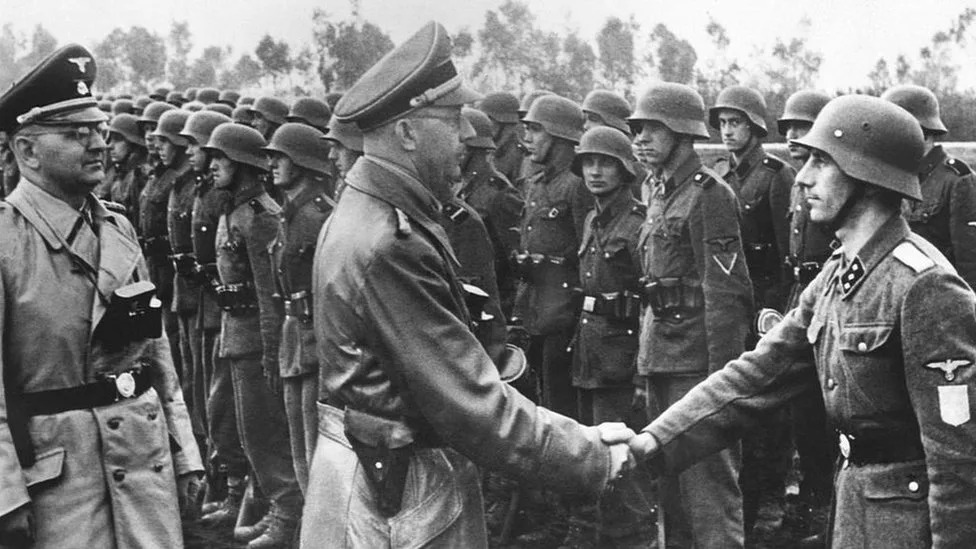
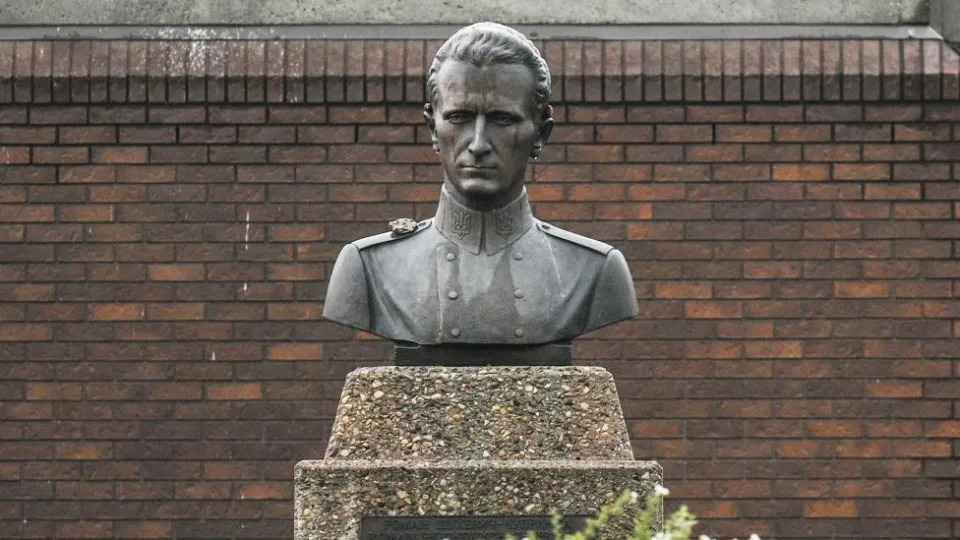
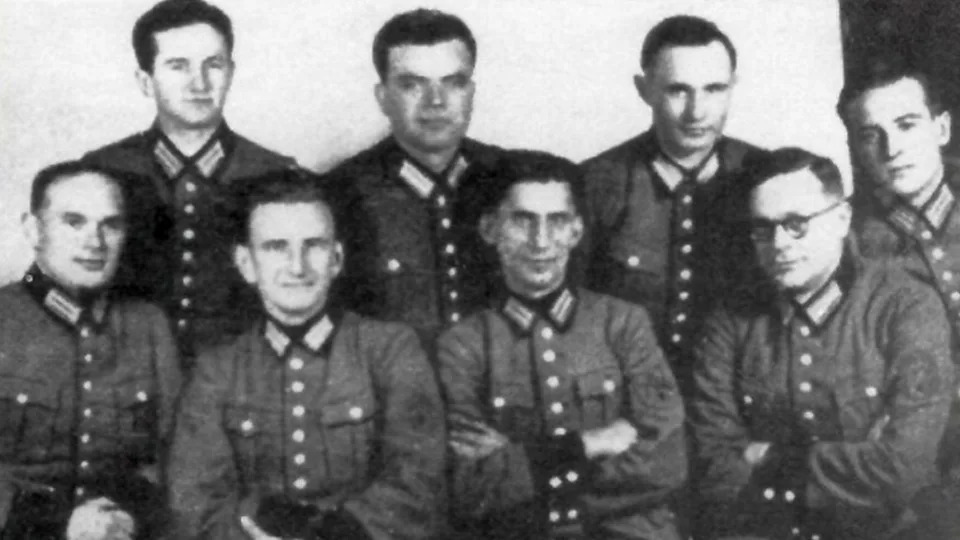
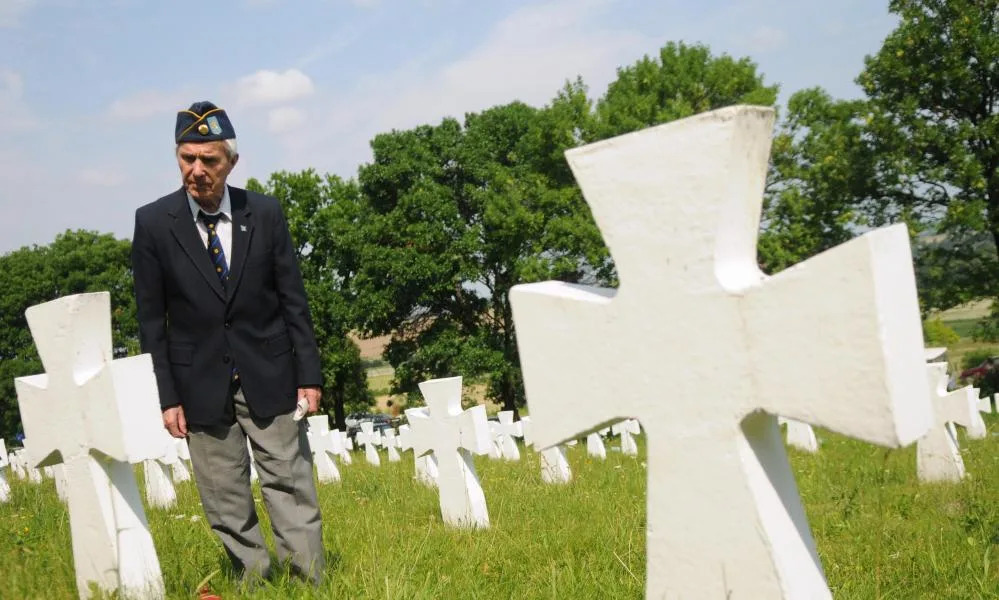
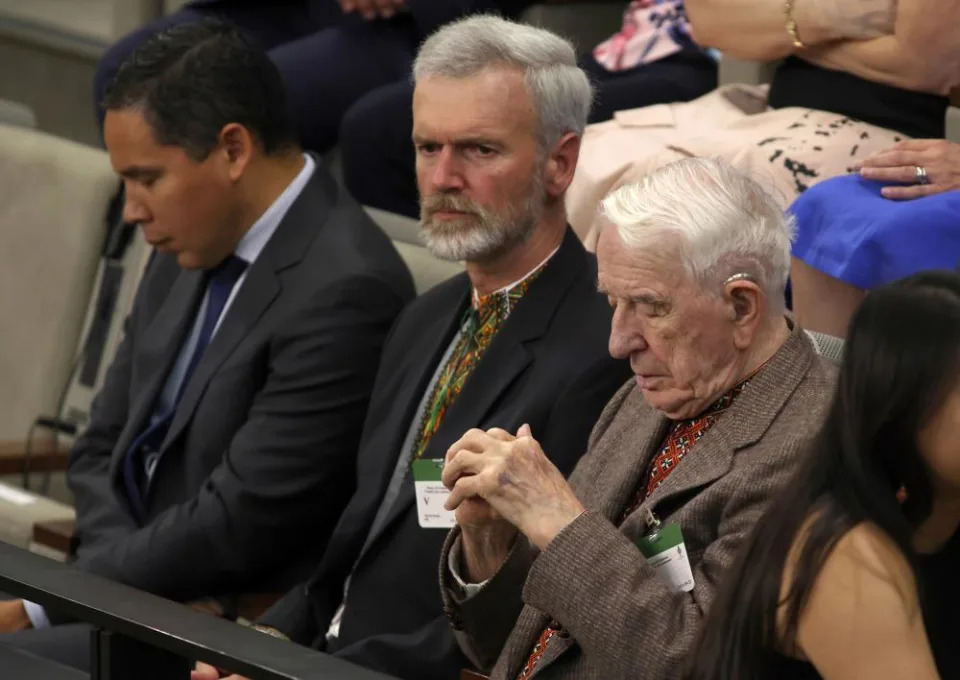
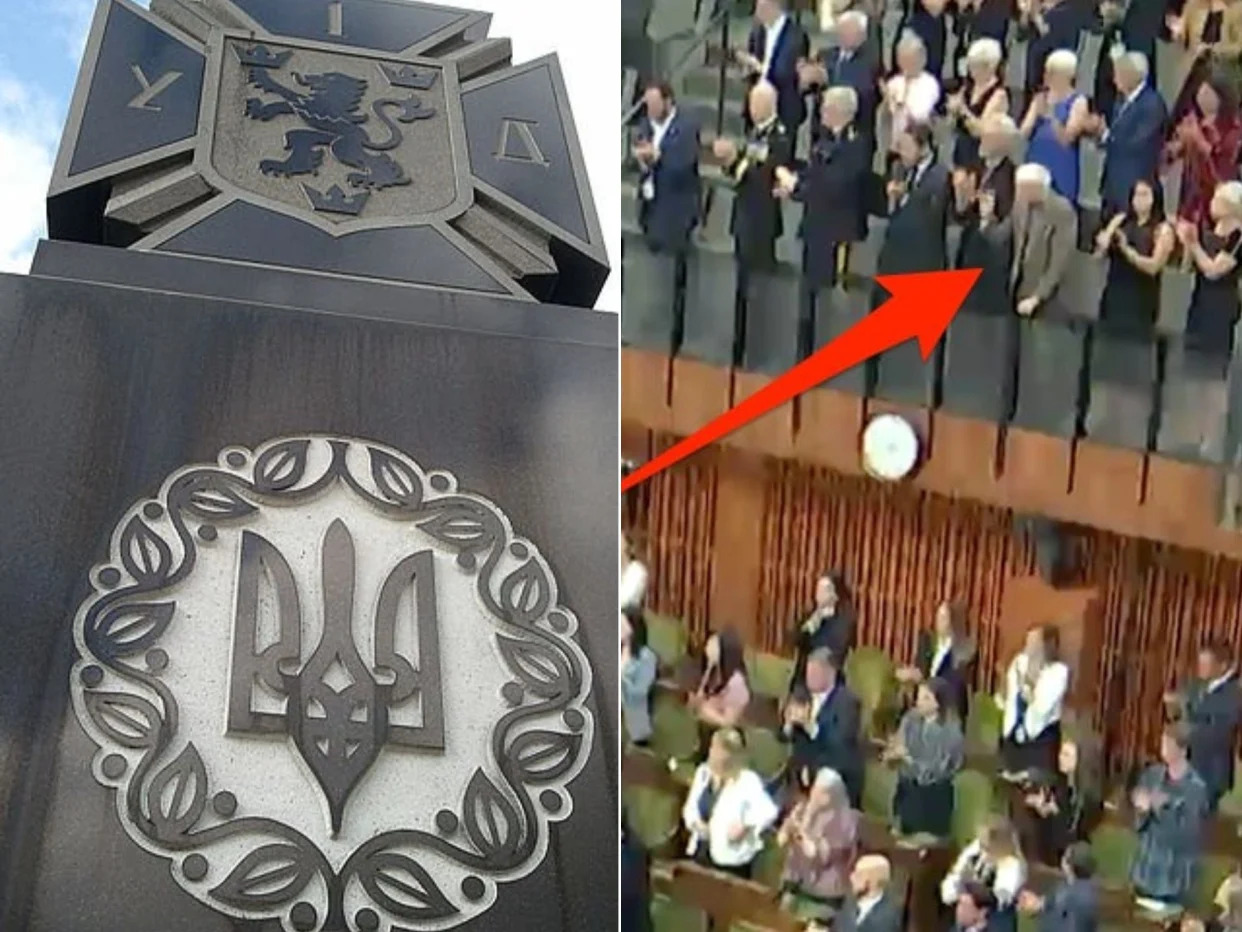
![Hitler's Monsters by [Eric Kurlander]](https://m.media-amazon.com/images/I/51UWZ9rRdoL._SY346_.jpg)
